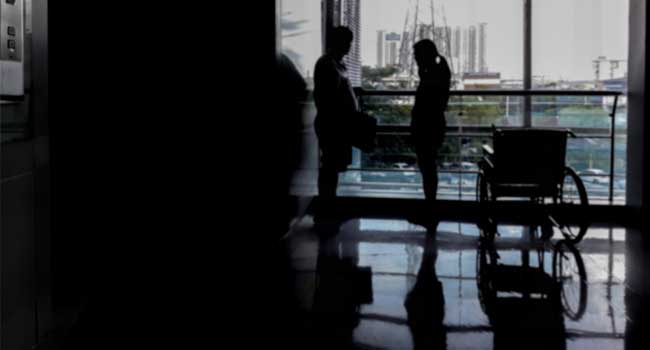
Winnipeg Hospital Increases After-Hours Security
Manitoba's largest hospital is restricting after-hours visitors in an effort to increase security.
- By Sydny Shepard
- Nov 01, 2018
Manitoba's largest hospital is placing restrictions on after-hours visitors in an attempt to improve security.
Winnipeg's Health and Science Centre will begin trial security measures in an effort to bolster security at the hospital after-hours. Exterior doors and in-patient units will be locked starting at 8:30 p.m. and those who wish to visit the facility after then will have to go through security screening and must be designated family members. The hospital will keep track of all visitors.
Around-the-clock access to the adult and children's emergency departments will continue.
The new measures will be evaluated by hospital staff at the end of November when they will make decisions on how to move forward with the extra security.
The hospital recently increased security at its adult emergency department and parking lots as a result of a number of incidents involving aggressive patients around the complex.
"This is an issue that's been impacting staff and patients who are generally trying to rest and stay safe at night," said Ronan Segrave, HSC's interim chief operating officer. "Through consultation with the staff, we have recognized and understood this to be an important issue."
Manitoba Government and General Employees' Union president Michelle Gawronsky called the limits on after-hours visitors, "a step in the right direction" but said the government, the Winnipeg Regional Health Authority and HSC officials are still ignoring the real concerns of security and hospital staff.
"The real concern is that these security officers need elevated legal authority to uphold safety in our hospitals," Gawronsky said. "We remain hopeful that we'll see some real change before someone is seriously injured."
About the Author
Sydny Shepard is the Executive Editor of Campus Security & Life Safety.